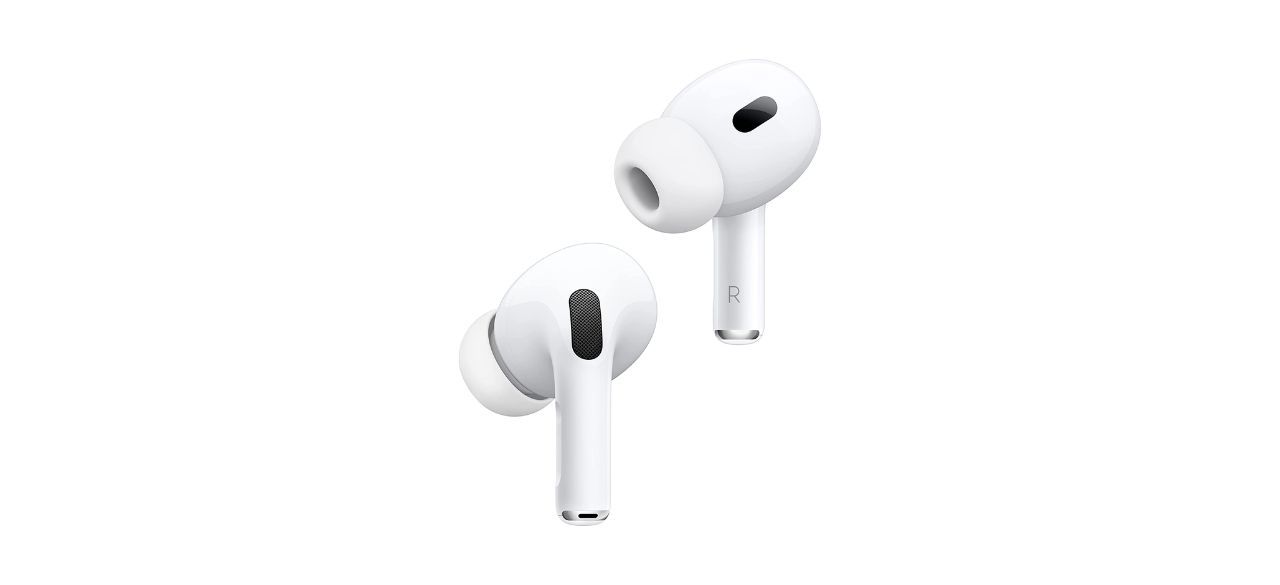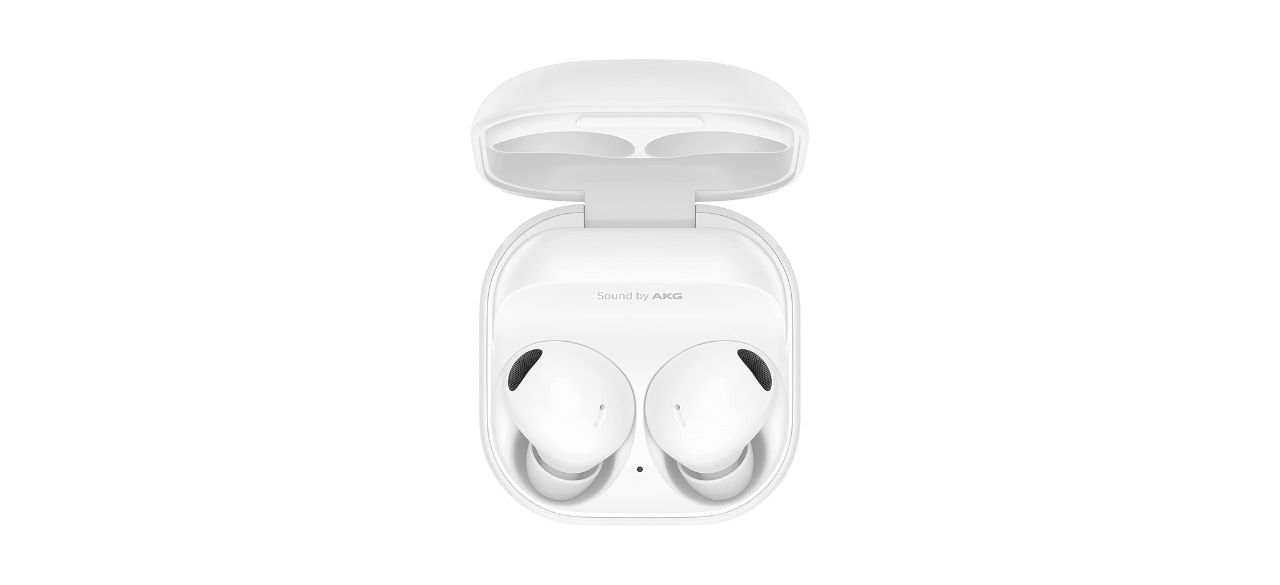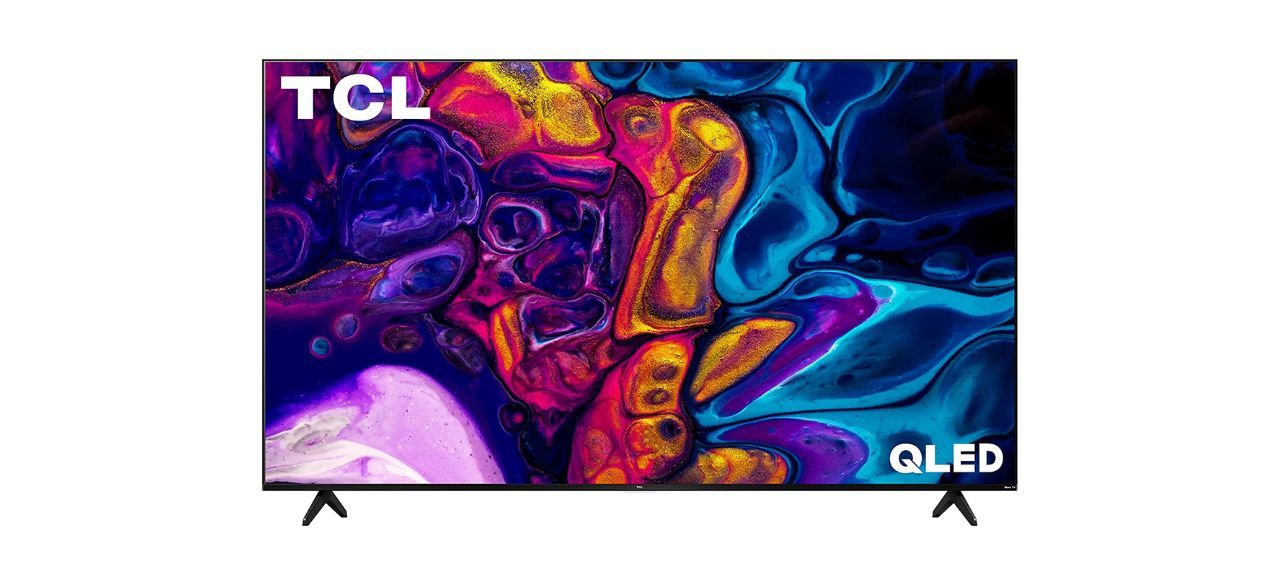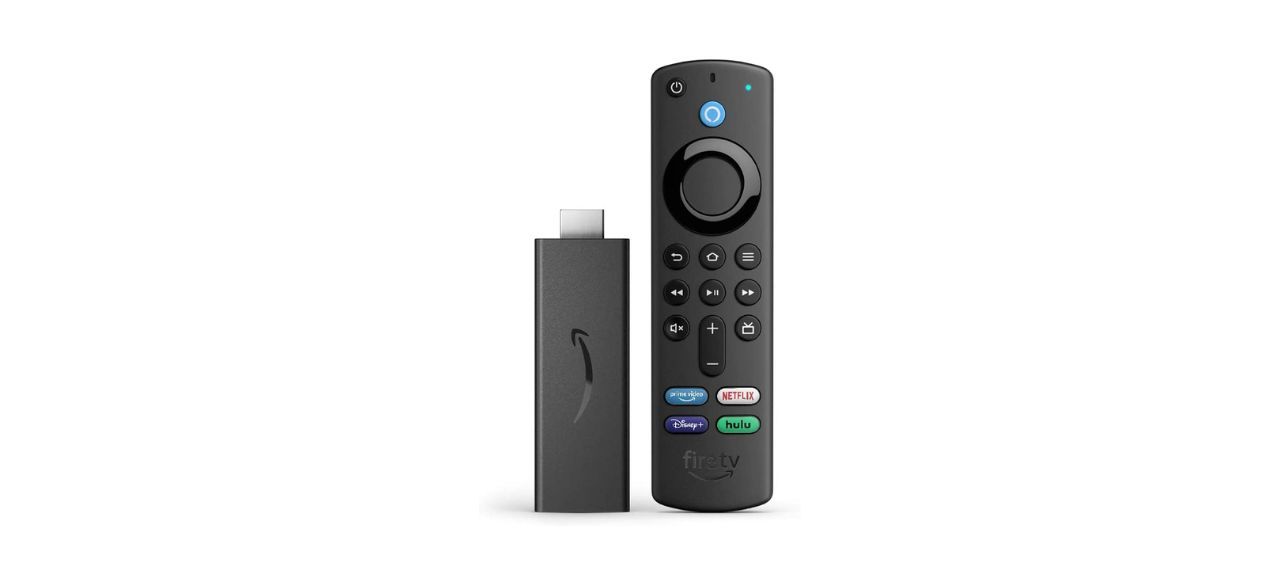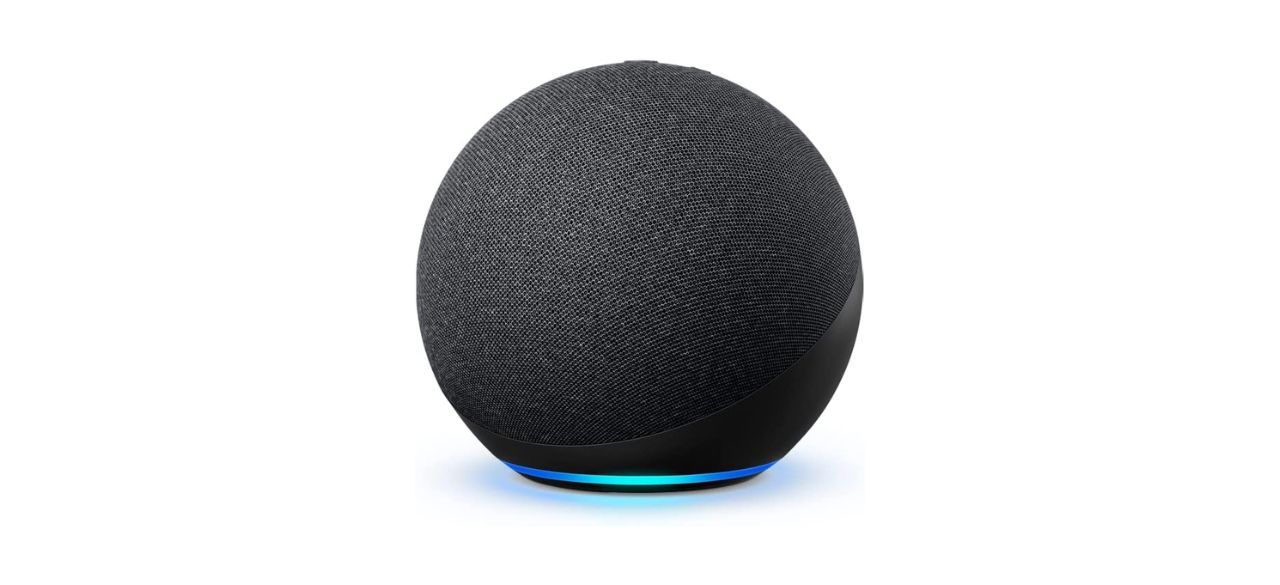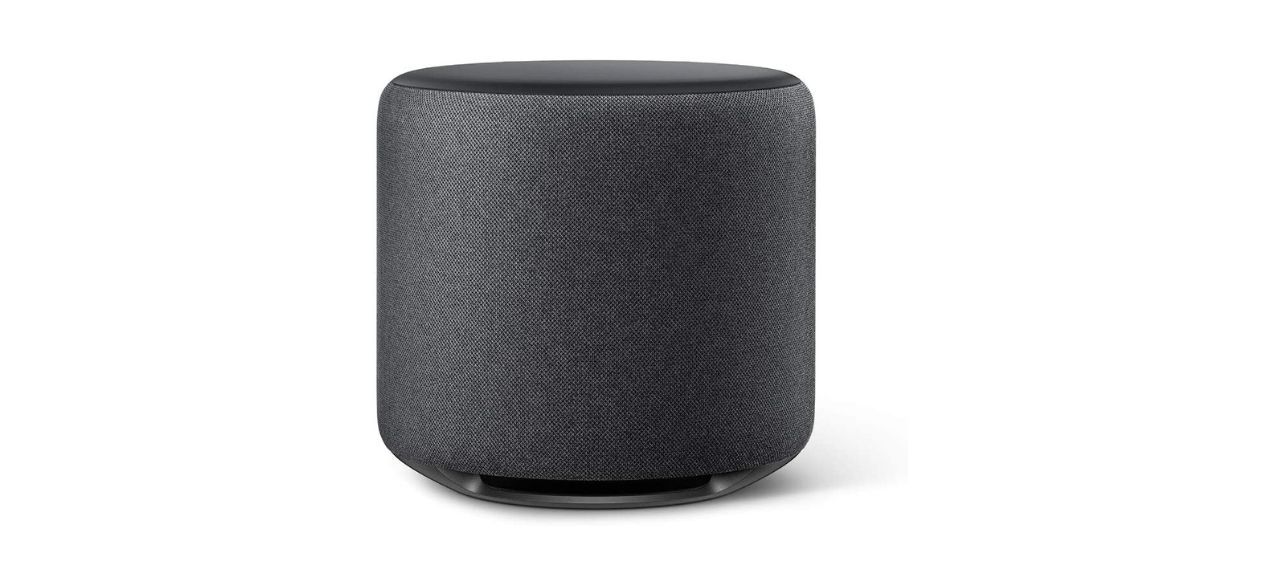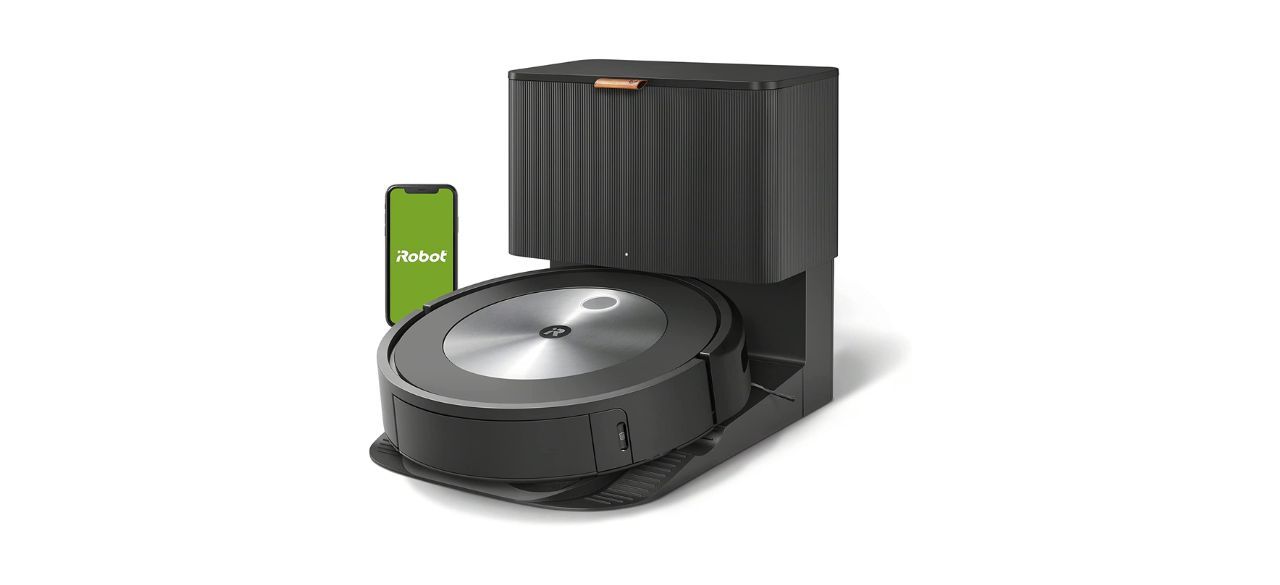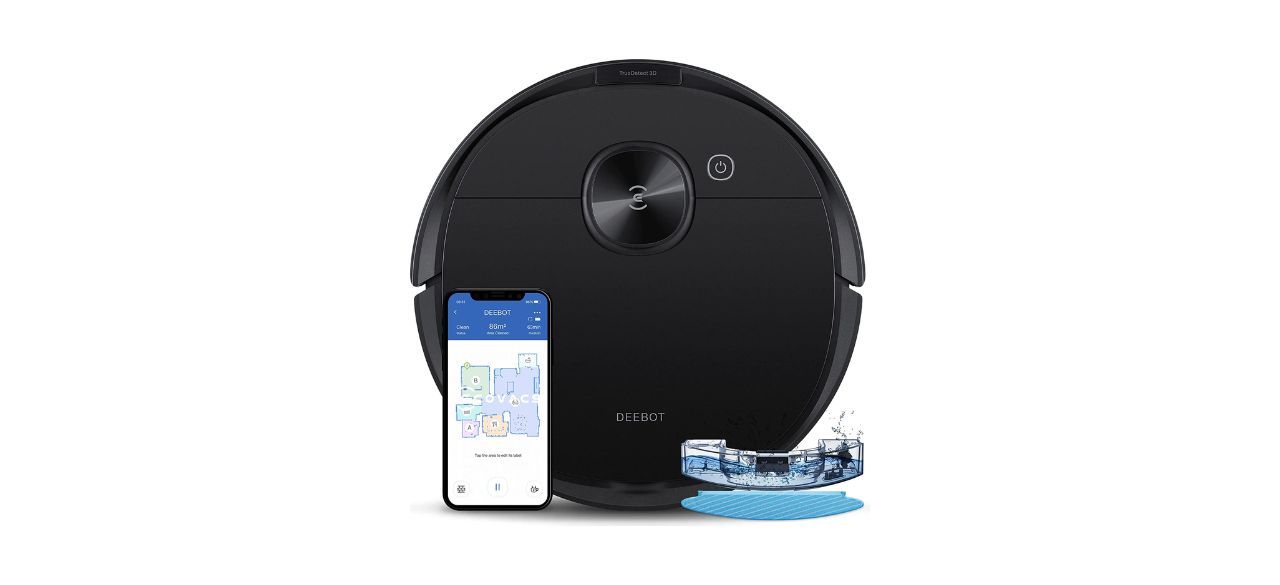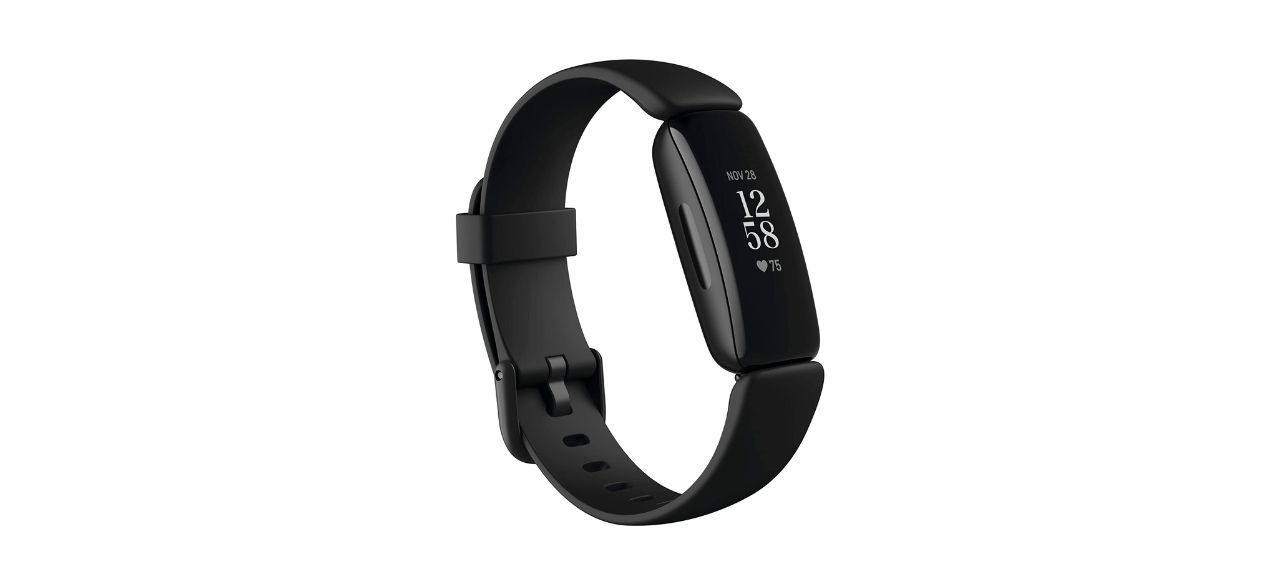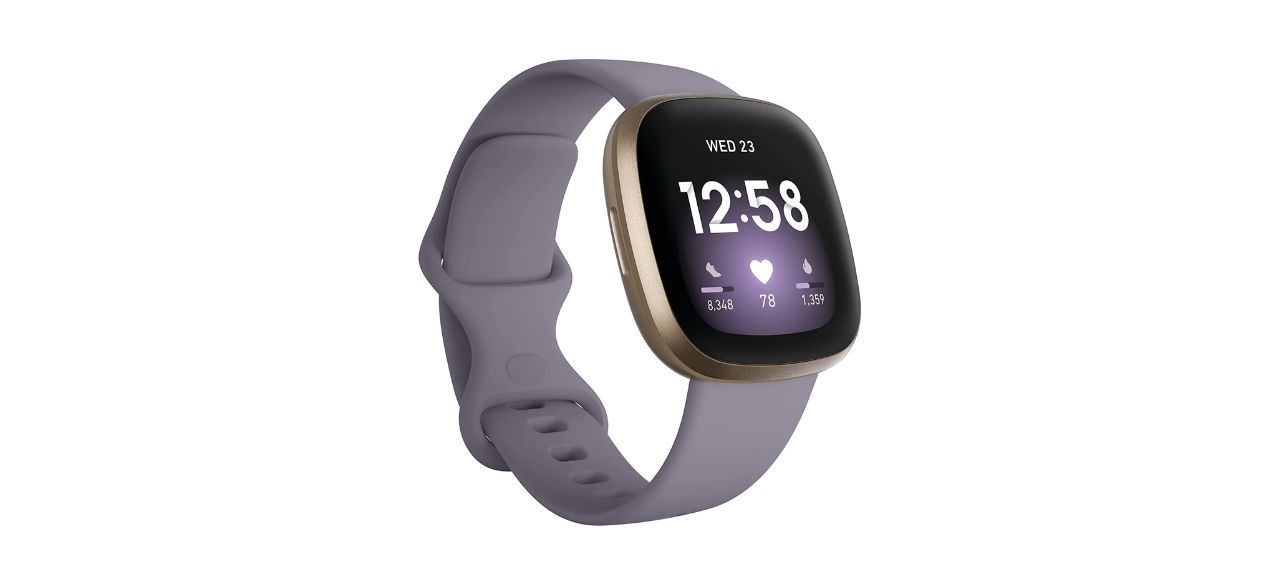Which one to save and splurge among these popular electronics?
When it comes to tech, there are no all-encompassing rules about name-brand quality. In some cases, going with a big brand is well worth the expense — for example, Apple’s iPod Touch is still the king of portable music players — but in others, an less-popular version will work just as well.
Knowing which to go with is a case-by-case situation, and making the wrong choice means either overspending or ending up with a subpar gadget.
Truly wireless headphones
Apple AirPods Pro instantly became a bestseller based on their sound quality and ease of use. But like all Apple products, they’re expensive, so naturally, competitors have since come out with more affordable alternatives.
When you search for truly wireless headphones, you’ll find three general categories: unknown brands under $50 with decent audio quality (like SoundPeat True Wireless Earbuds), reliable brands around $100 that offer impressive sound (like Aukey’s Series T10s), and those like Apple’s Airpods around $150 that include high-end features such as access to your phone’s digital assistant.
The verdict: You truly get what you pay for when it comes to Apple AirPods Pro. They sound incredible, have great battery life, and even include a wireless charging case so you never have to worry about running out of power.
If you’re an Android user, we recommend Samsung Galaxy Buds 2 Pro, which sound just as good and are slightly more affordable. Unless you really don’t care about audio quality and usability, do not purchase fake AirPods.
TVs
In the world of high-definition TVs, there are the big four — LG, Samsung, Sony and Vizio — and then there’s everyone else.
Getting the best possible deal on a TV boils down to the screen size and features you want. Traditional HDTV sets 32-50 inches are usually $400 or less (we especially like Samsung 32-Inch 1080p TV). Newer 4K TVs, which offer four times the screen resolution, are usually between $1,000 and $1,200 and get as large as 65 inches (like Vizio 65-Inch M-Series 4K TV). Sets with high-end features like High Dynamic Range or OLED panels cost $1,200-$3,000 (like LG B2 series 65-Inch OLED 4K TV).
The verdict: While it’s true that name-brand TV makers are pushing new technologies as far as they can go, other brands are catching up quickly, and even a “basic” TV by today’s standards still looks and sounds incredible. For the best of both worlds, check out TCL 65-Inch 4K TV, which has plenty of high-end features with a decidedly low-end price tag.
Tablets
In the early days of tablets, the name brands were all that existed. Users had to choose between Apple iPad, Samsung Galaxy Tab and Amazon Fire HD tablets. But in the years following, smaller manufacturers caught up, and now it’s easy to find tablets from hundreds of different brands.
When tablet shopping, consider which platform you want to use. If you’re familiar with Apple’s ecosystem, the iPad is your best bet, or if you need a smaller screen, consider an iPad Mini. If you’re an Android user, you’ll feel more at home with a Galaxy Tab. If you mostly plan on using your tablet for streaming content and shopping, your best bet is a Fire HD tablet. Off-brand tablets run their own variations of Android, which are often customized with unique apps or features.
The verdict: While it can be tempting to save a few bucks, off-brand tablets simply don’t deliver the same experience as their brand-name counterparts. Their batteries don’t last as long, they often compromise on overall speed, and they’re pretty fragile. When it comes to tablets, stick with the names you know. Our favorite tablet for getting things done is the iPad Pro.
Smart home assistants
It’s no secret that big tech is working hard to get a smart home assistant in your home — whether it’s putting Google Assistant in a smart alarm clock, adding Siri access to Apple AirPods Pro or inserting Alexa in technology you wouldn’t expect (like the Fire TV Stick). It’s sometimes hard to find a gadget that doesn’t have a smart home assistant built-in.
But not all smart home assistants are the same. Alexa works with more devices than any other assistant and is the biggest brand in the industry; Google Assistant is fully integrated with Google’s suite of services; Siri has access to Apple-exclusive services like Apple Music. Do you go for Amazon’s ultra-affordable Alexa devices like the Echo or the Echo Dot, or do you spring for Google’s or Apple’s pricier offerings?
The verdict: While no one thinks of Amazon’s Alexa smart home devices as “off-brand,” they’re definitely less expensive than anything offered by Apple or Google, and a much better value. If you’re looking for the best audio quality available, try the Amazon Echo Studio.
Robot vacuums
Just like Band-Aids and Kleenex, the Roomba name has become a shorthand for the product itself. But it’s been years since the first Roomba and in the meantime, dozens of competitors have cropped up with versions that are hundreds of dollars cheaper.
Robot vacuums are all circular, about the size of a birthday cake, typically with a big button on top that you press to get them started. The similarities end there, however. Some more advanced models, like the Roomba j7+, include entire self-cleaning systems (so you don’t have to empty them out very often) and advanced software that maps out your home to make sure it covers every last square foot.
Midrange robot vacuums, like Ecovacs Deebot N8 Pro Robot Vacuum and Mop, offer support for voice commands with Amazon’s Alexa and are more affordable, although their batteries don’t typically last as long. Budget robot vacuums stick to vacuuming and don’t offer much past that.
The verdict: Roomba is a reliable brand, but its vacuums are often hundreds of dollars more than competitors with near-identical feature sets. Reliable, affordable options like Ecovac’s DEEBOT do just as good a job at a fraction of the cost.
Fitness trackers
It’s hard to shop for a fitness tracker without being inundated with options from the biggest name in the business: FitBit. Although there are plenty of challenges in the arena, FitBit is the far-and-away favorite, as they’ve captivated users with their combination of comfortable wearable tech and ultra-simple app design.
Fitness trackers can be tough to shop for because smartwatches have started to encroach on fitness trackers’ territory, and that means two things: the market is more competitive than ever,and fitness tracker prices have steadily decreased. As a result, you can find name-brand options like the Fitbit Inspire 2 for around $100.
The verdict: The more expensive fitness trackers duplicate a lot of smartwatch functionality, like text message notifications and calendar updates, so if you have those already, don’t pay for them twice. If you don’t have a smartwatch, splurge. In many cases, a high-end fitness tracker will bring you the best parts of owning a smartwatch, so it’s the perfect way to compromise between the two. Our favorite fitness tracker that treads into smartwatch territory is the Fitbit Versa 3.
Action cameras
Action cameras are small, portable video cameras designed to withstand ultra-rugged conditions while capturing high-quality video. You may know them by the most popular brand’s name: GoPro.
GoPro cameras set the standard for capturing 4K video on the go with its high-level GoPro Hero 11 Black and the midrange Hero 7 Black model. They’re easy to use, they capture gorgeous video and audio, and they travel well. They’re also incredibly expensive, which can make looking into other brands a tempting option.
There are dozens of competitor options. Up-and-coming brands from all over the world have been racing to offer affordable alternatives to GoPro cameras, and some are as affordable as $25. Although other brands tend to skip features like 60 fps video and Wi-Fi support, they can be an easy way to capture 4K video at a fraction of the cost of a GoPro.
The verdict: Get a GoPro. While its cameras are the most expensive around, the cost is more than justified based on the video quality. Off-brand action cameras are OK in a pinch, but if you’re serious about capturing video that looks good or if you need a camera that can survive a camping trip or three, you’ll need to invest in a GoPro.
Want to shop the best products at the best prices? Check out Daily Deals from BestReviews.
Sign up here to receive the BestReviews weekly newsletter for useful advice on new products and noteworthy deals.
Jaime Vazquez writes for BestReviews. BestReviews has helped millions of consumers simplify their purchasing decisions, saving them time and money.
Copyright 2022 BestReviews, a Nexstar company. All rights reserved.


